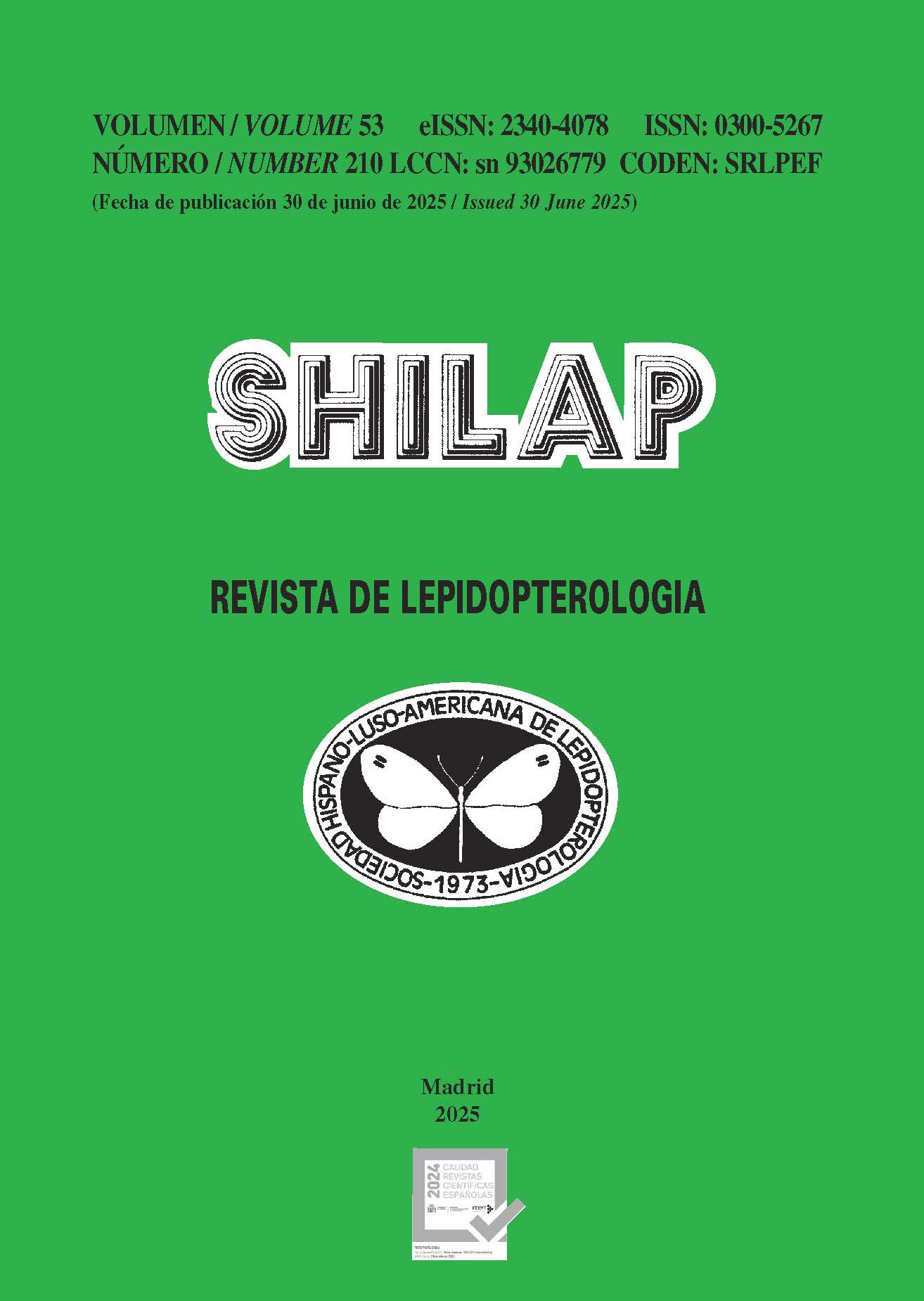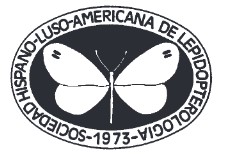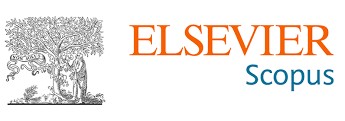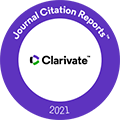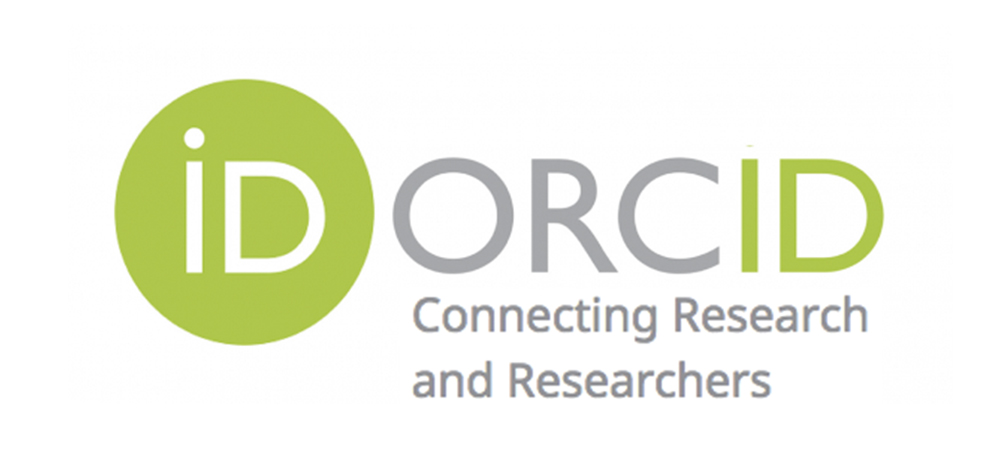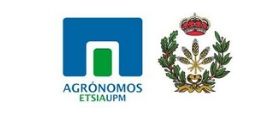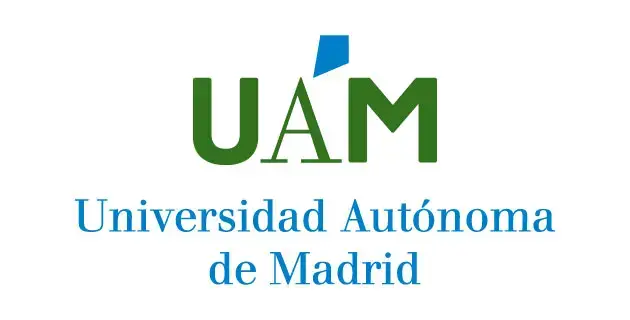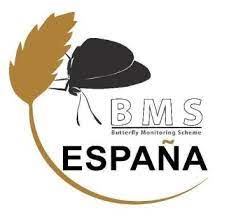Pontia daplidice (Linnaeus, 1758) and Pontia edusa (Fabricius, [1777] in Tajikistan: one or two species? (Lepidoptera: Pieridae)
DOI:
https://doi.org/10.57065/shilap.1054Parole chiave:
Lepidoptera, Pieridae, DNA barcoding, morphological features, seasonal forms, Tajikistan, IranAbstract
DNA barcoding of Pontia Fabricius, 1807 species from Tajikistan has shown that only Pontia edusa (Fabricius, [1777], which was previously considered Pontia daplidice (Linnaeus, 1758), is found throughout the country. In fact, these are the only finds of this species in Central Asia, and these data will improve our understanding about distribution of Pontia edusa, and in the future will help to form an overall picture of the distribution of both taxa. Pontia edusa is also reported for the first time for central Iran. Morphological analysis did not reveal significant features in the structure of the genitalia that could distinguish between P. edusa and P. daplidice.
Downloads
Statistiche globali ℹ️
|
493
Visualizzazioni
|
125
Download
|
|
618
Totale
|
|
Riferimenti bibliografici
Clement, M., Posada, D., & Crandall, K. A. (2000). TCS: A computer program to estimate gene genealogies. Molecular Ecology, 10, 1657-1659. https://doi.org/10.1046/j.1365-294x.2000.01020.x PMid:11050560 DOI: https://doi.org/10.1046/j.1365-294x.2000.01020.x
Bruna, C. D., Gallo, E., & Sbordoni V. (2004). Guide to the butterflies of the Palaearctic region. Pieridae part 1. Tribe Pierini (partim) Delias, Aporia, Mesapai, Baltia, Pontia, Belenois, Talbotia. Omnes Artes.
Dapporto, L., Cini, A., Vodă, R., Dincă, V., Wiemers, M., Menchetti, M., Magini, G., Talavera, G., Shreeve, T., Bonelli, S., Casacci, L. P., Balletto, E., Scalercio, S., & Vila, R (2019). Integrating three comprehensive data sets shows that mitochondrial DNA variation is linked to species traits and paleogeographic events in European butterflies. Molecular Ecology Resources, 19(6), 1623-1636. https://doi.org/10.1111/1755-0998.13059 PMid:11050560 DOI: https://doi.org/10.1111/1755-0998.13059
Davlatov, A. M. (2020). Fauna of butterflies (Lepidoptera, Rhopalocera) of Shah Sands South-Western Tajikistan. News of the National Academy of sciences of Tajikistan, 4(211), 35-39. [In Russian]
Davlatov, A. M. (2022). Materials to the fauna of butterflies (Lepidoptera, Papilionoidea) of the Obi-Mazor River valley (Tajikistan). Selevinia, 30, 13-18.
Geiger, H., & Scholl, A. (1982). Pontia daplidice (Lepidoptera, Pieridae) in Südeuropa - eine Gruppe von zwei Arten. Mitteilungen der Schweizer Entomologischen Gesellschaft, 5, 107-114.
Geiger, H., Descimon, H., & Scholl, A. (1988). Evidence for speciation within nominal Pontia daplidice (Linnaeus, 1758) in southern Europe (Lepidoptera: Pieridae). Nota lepidopterologica, 11, 7-20.
Hall, T. A. (1999). BioEdit: a user-friendly biological sequence alignment editor and analysis program for Windows 95/98/NT. Nucleic Acids Symposium Series, 41, 95-98.
Hebert, P. D., Penton, E. H., Burns, J. M., Janzen, D. H., & Hallwachs, W. (2004). Ten species in one: DNA barcoding reveals cryptic species in the neotropical skipper butterfly Astraptes fulgerator. Proceedings of the National Academy of Sciences, 101(41), 14812-14817. https://doi.org/10.1073/pnas.0406166101 PMid:15465915 PMCid:PMC522015 DOI: https://doi.org/10.1073/pnas.0406166101
John E., Wiemers, M., Makris, C., & Russel, P. (2013). The Pontia daplidice (Linnaeus, 1758) / Pontia edusa (Fabricius, 1777) complex (Lepidoptera: Pieridae): confirmation of the presence of Pontia daplidice in Cyprus, and of Cleome iberica DC. as a new host-plant for this species in the Levant. Entomologist’s Gazette, 64, 69-78.
Kurze, B.-J., Nuß, M., & Westphalen, M. (2006). Vorkommen und Lebensweise des Resedaweißlings (Pontia daplidice (Linnaeus, 1758)) in Sachsen (Lepidoptera: Pieridae). Sächsische Entomologische Zeitschrift, 1, 89-100.
Korshunov, Y. P. (2002). Lepidoptera (Papilionoidea, and Hesperioidea) of Northern Asia. Association of Scientific Publications of the KMK. [In Russian]
Korb, S. K., & Bolshakov, L. V. (2016). A systematic catalogue of butterflies of the former Soviet Union (Armenia, Azerbaijan, Belarus, Estonia, Georgia, Kyrgyzstan, Kazakhstan, Latvia, Lituania, Moldova, Russia, Tajikistan, Turkmenistan, Ukraine, Uzbekistan) with special account to their type specimens (Lepidoptera: Hesperioidea, Papilionoidea). Zootaxa, 4160(1), 1-324. https://doi.org/10.11646/zootaxa.4160.1.1 PMid:27615908 DOI: https://doi.org/10.11646/zootaxa.4160.1.1
Leigh, J. W., & Bryant, D. (2015). PopART: Full-feature software for haplotype network construction. Methods in Ecology and Evolution, 6(9), 1110-1116. https://doi.org/10.1111/2041-210X.12410 DOI: https://doi.org/10.1111/2041-210X.12410
Lukhtanov, V. A., Sourakov, A., Zakharov, E. V., & Hebert, P. D. N. (2009). DNA barcoding Central Asian butterflies: increasing geographical dimension does not significantly reduce the success of species identification. Molecular Ecology Resources, 9(5), 1302-1310. doi: 10.1111/j.1755-0998.2009.02577.x PMid:21564901 DOI: https://doi.org/10.1111/j.1755-0998.2009.02577.x
Porter, A. H., Wenger, R., Geiger, H., Scholl, A., & Shapiro, A. (1997). The Pontia daplidice-edusa hybrid zone in north-western Italy. Evolution, 51, 1561-1573. https://doi.org/10.2307/2411208 PMid:28568618 DOI: https://doi.org/10.1111/j.1558-5646.1997.tb01479.x
Stshetkin, Y. L. (1960). Higher Lepidoptera of the Vakhsh Valley (Tajikistan). Part 1. Lepidoptera (Rhopalocera and Heterocera exclusive of Noctuidae and Geometridae). Proceedings of E.N. Pavlovsky Institute of Zoology and Parasitology Academy of Sciences of the Tajik SSR (Vol. 14). Stalinabad. [In Russian]
Stshetkin, Y. L. (1963). To the fauna of the butterflies of the low mountains of southern Tajikistan (Lepidoptera, Macroheterocera) Rhopalocera. Proceedings of E. N. Pavlovsky Institute of Zoology and Parasitology Academy of Sciences of the Tajik SSR (Vol. 24), 21-73. Dushanbe. [In Russian]
Sharafutdinov, D. R., & Lukhtanov V. A. (2019). Species diversity of diurnal Lepidoptera (Papilionoidea and Hesperioidea) of the middle mountain belt of the Kamarob River gorge. Materials of the VIII-th International Conference “Ecological features of biological diversity” (Tajikistan) (pp. 104-105). Dushanbe. [In Russian]
Thomas, T., & Lewington, R. (1991). The butterflies of Britain and Ireland. Dorling Kindersley.
Tuzov, V. K., Bogdanov, P. V., Devyatkin, A. L., Kaabak, L. V., Korolev, V. A., Murzin, V. S., Samodurov, G. D., & Tarasov, E.A. (1997). Guide to the Butterflies of Russia and adjacent territories (Lepidoptera, Rhopalocera). Hesperiidae, Papilionidae, Pieridae, Satyridae (Vol. 1.). Pensoft.
Tamura, K., Stecher, G., & Kumar, S. (2021). MEGA 11: Molecular Evolutionary Genetics Analysis Version 11. Molecular Biology and Evolution, 38, 3022-3027. https://doi.org/10.1093/molbev/msab120 PMid:33892491 PMCid:PMC8233496 DOI: https://doi.org/10.1093/molbev/msab120
Tshikolovets, V. V. (2003). The butterflies of Tajikistan (Lepidoptera, Rhopalocera). Tshikolovets Publications.
Wagener, P. S. (1988). What are the valid names for the two genetically different taxa currently included within Pontia daplidice (Linnaeus, 1758)? Nota lepidopterologica, 11, 21-38.
Wu, Ch. (2010). Fauna Sinica - Insecta. Lepidoptera, Pieridae (Vol. 52). Sciences press.
##submission.downloads##
Pubblicato
Come citare
Fascicolo
Sezione
Licenza
Copyright (c) 2025 Abdulaziz M. Davlatov, Vladimir A. Lukhtanov

TQuesto lavoro è fornito con la licenza Creative Commons Attribuzione 4.0 Internazionale.
L'autore mantiene i suoi diritti di marchio e di brevetto su qualsiasi processo o procedura contenuta nell'articolo.
L'autore conserva il diritto di condividere, distribuire, eseguire e comunicare pubblicamente l'articolo pubblicato su SHILAP Revista de lepidopterología, con il riconoscimento iniziale della sua pubblicazione su SHILAP Revista de lepidopterología.
L'autore conserva il diritto di pubblicare successivamente il suo lavoro, dall'utilizzo dell'articolo alla pubblicazione in un libro, a condizione che ne indichi la pubblicazione iniziale su SHILAP Revista de lepidopterología.
Ogni invio a SHILAP Revista de lepidopterología deve essere accompagnato dall'accettazione del copyright e dal riconoscimento della paternità. Accettandoli, gli autori mantengono il copyright del loro lavoro e accettano che l'articolo, se accettato per la pubblicazione da SHILAP Revista de lepidopterología, sarà concesso in licenza d'uso e distribuzione con licenza "Creative Commons Attribuzione 4.0 Internazionale" (CC BY 4.0), che consente a terzi di condividere e adattare il contenuto per qualsiasi scopo dando adeguato credito all'opera originale.
È possibile consultare la versione informativa e il testo legale testo legale della licenza qui. L'indicazione della Licenza CC BY 4.0 deve essere esplicitamente indicata in questo modo quando necessario.
A partire dal 2022, il contenuto della versione cartacea e digitale è concesso in licenza d'uso e distribuzione "Creative Commons Attribuzione 4.0 Internazionale" (CC BY 4.0), che consente a terzi di condividere e adattare il contenuto per qualsiasi scopo dando adeguato credito all'opera originale.
I contenuti precedenti della rivista sono stati pubblicati con una licenza di copyright tradizionale; tuttavia, l'archivio è disponibile ad accesso libero.
Quando si utilizzano i contenuti di SHILAP Revista de lepidopterología pubblicati prima dell'anno 2022, comprese figure, tabelle o qualsiasi altro materiale in formato cartaceo o elettronico, gli autori degli articoli devono ottenere l'autorizzazione del titolare del copyright. Le responsabilità legali, finanziarie e penali a questo riguardo appartengono all'autore o agli autori.
In applicazione del Principio di Priorità del Codice Internazionale di Nomenclatura Zoologica, non è consentito depositare in archivi, siti web personali o simili, versioni diverse da quella pubblicata dall'editore.
